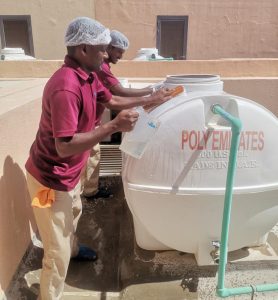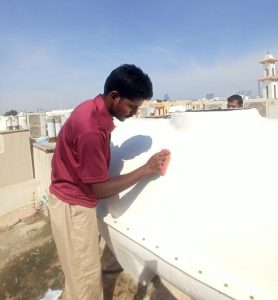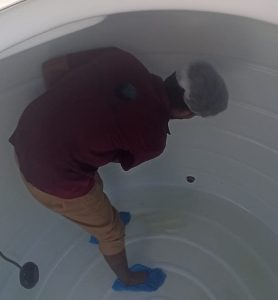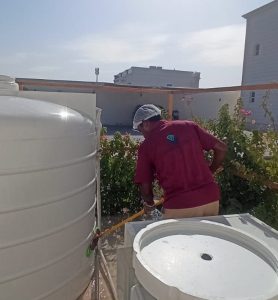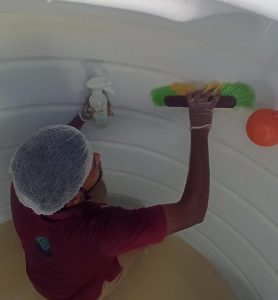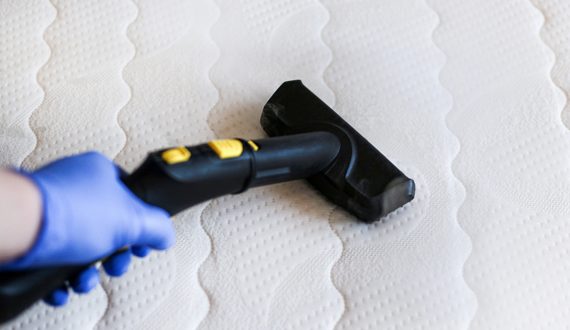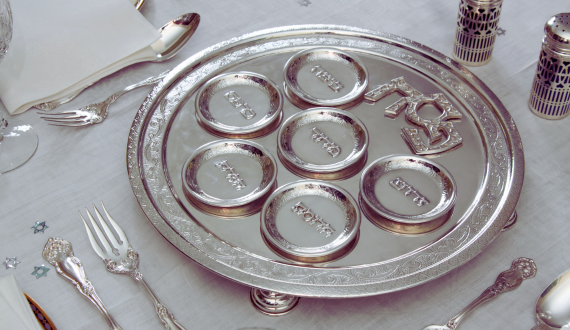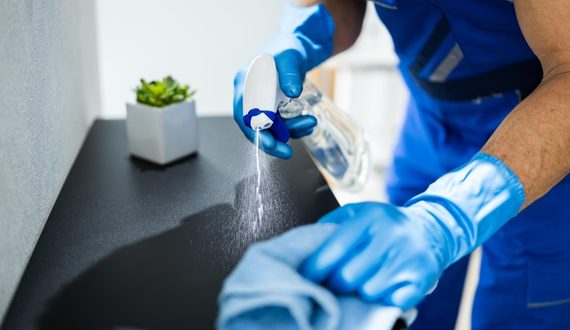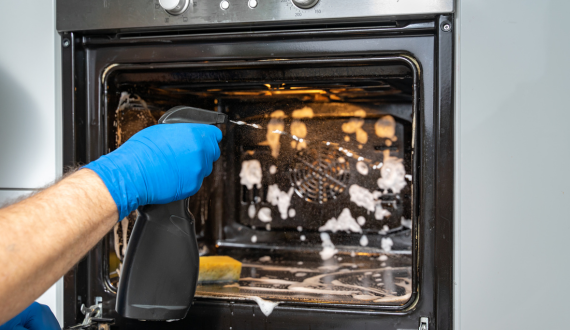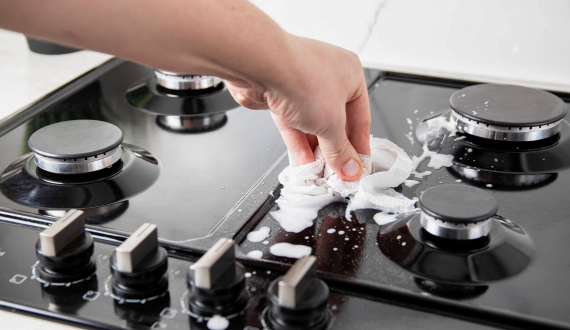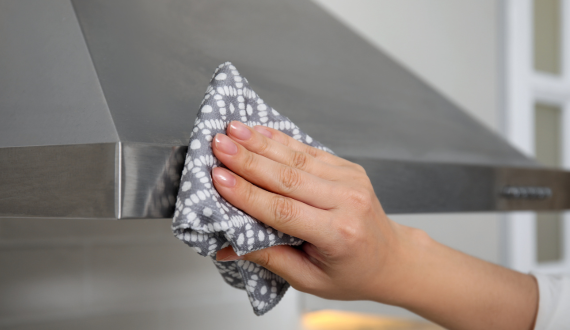Book Now & Get FREE Service For Deep Cleaning
- Disinfection and Sanitization
- Shampooing for Sofas, Carpets, or Mattresses
*Terms and conditions apply.
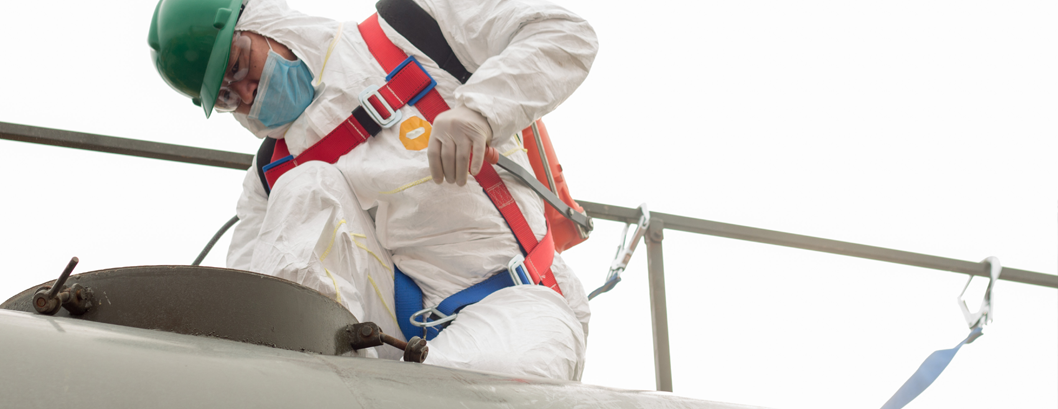
Commercial, Industrial & Domestic Water Tank Cleaning and Disinfection
Professional Water Tank Cleaning and Disinfection Company In Abu Dhabi
Our team of engineers are fully equipped to clean and disinfect water tanks and storage systems of all sizes. We work with homes and businesses across the Abu Dhabi, to keep water supplies safe for humans and the environment. Our hygiene-oriented team will remove debris, limescale and accumulated grime from the tank itself, and it’s parts using appropriate equipment.
Evershine Staffs are trained and equipped to thoroughly clean and disinfect water tanks of all sizes and materials, whether on private or commercial property, as well as larger industrial facilities. These water tanks can vary from a 500-litre single domestic dwelling to a 50000-litre sectional water tank supplying a commercial holiday park and the tanks may be different types like GRP, Concrete, polygon etc. We are the professional cleaners of any underground, elevated, over ground or mobile water tanks in Abu Dhabi.
Service that can make you feel extremely satisfied
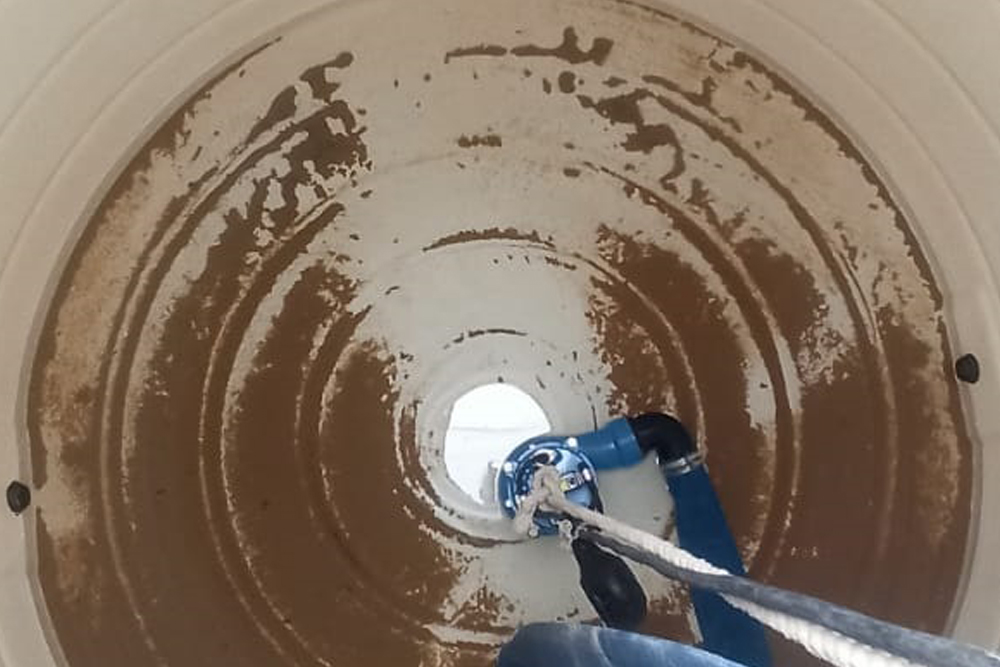
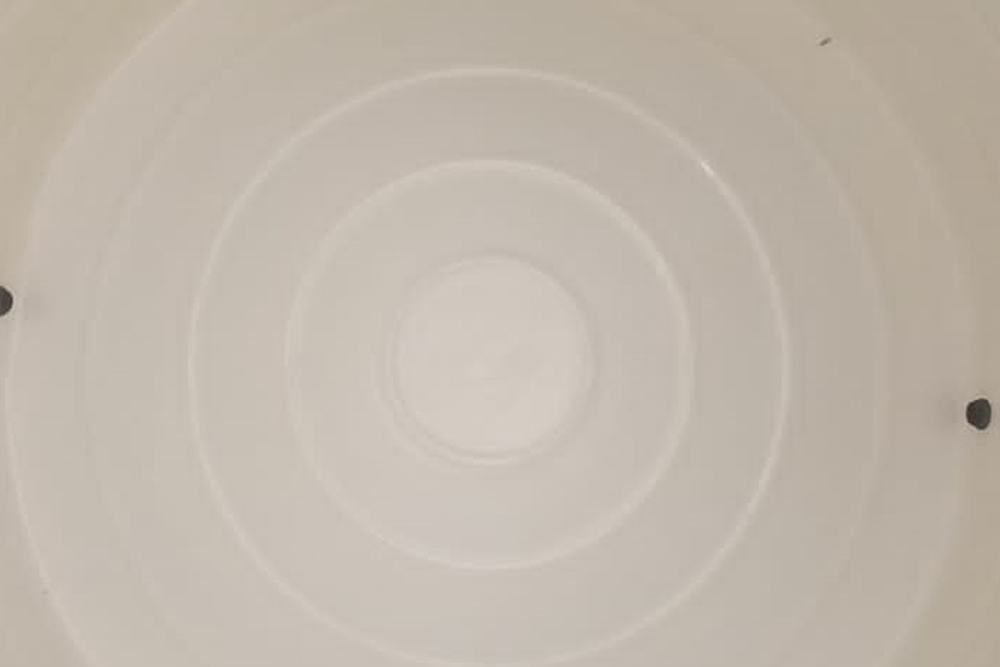
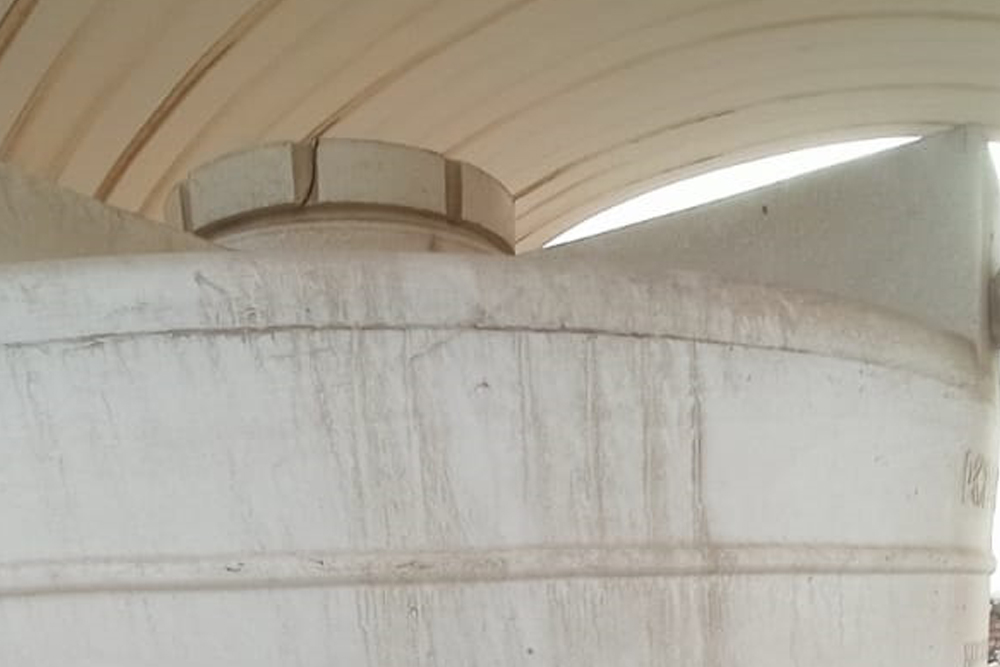
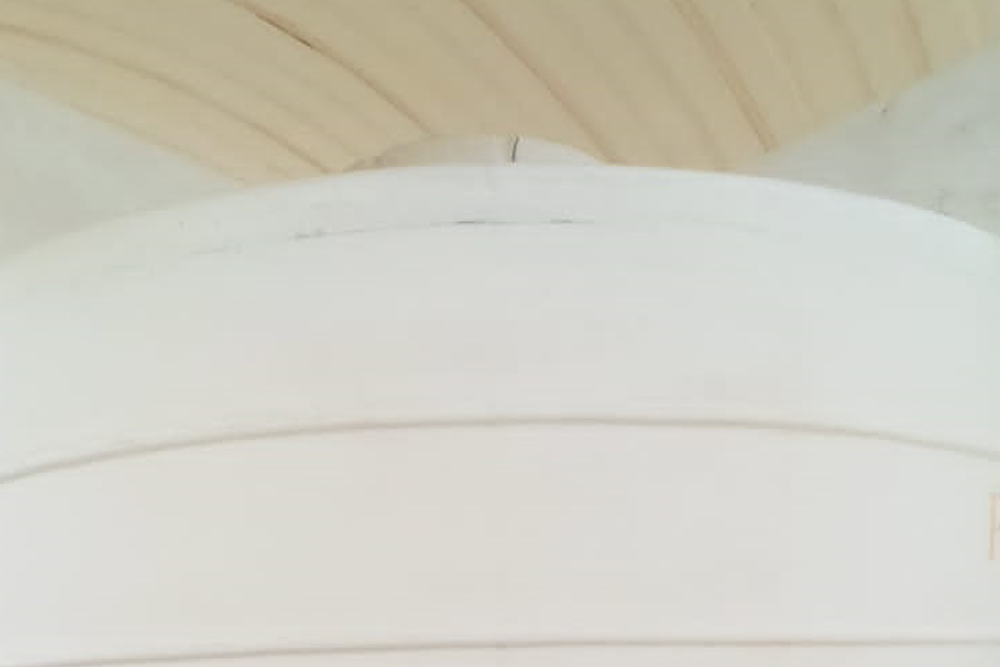
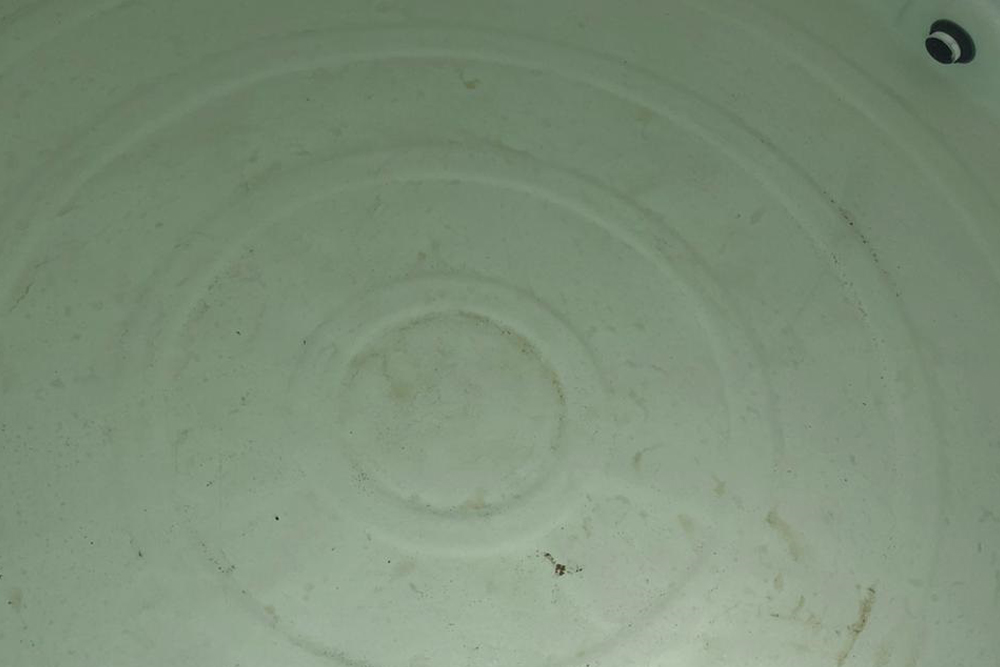
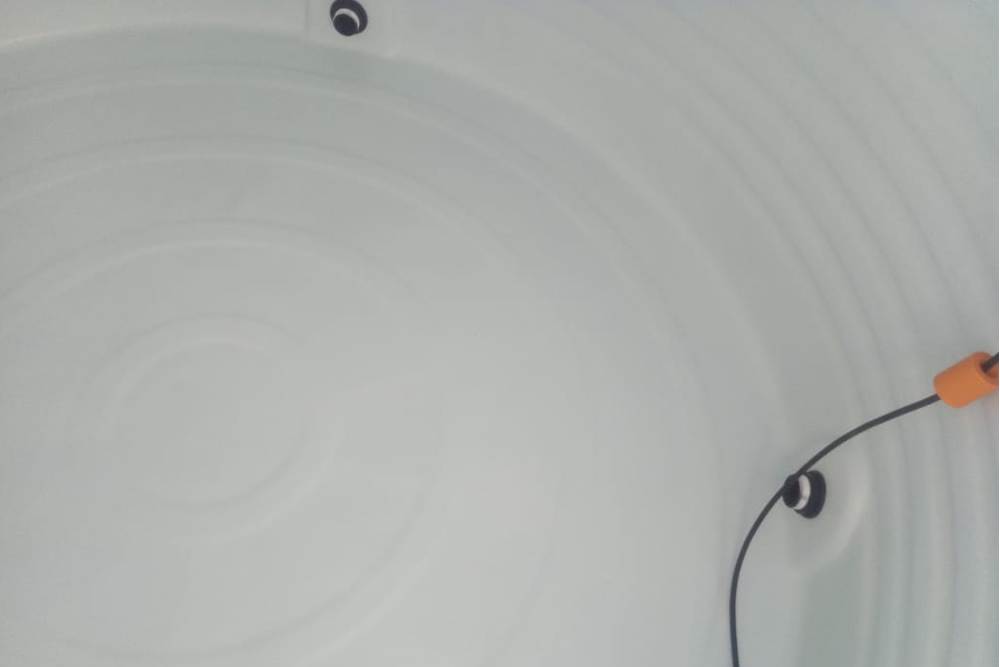
Why Should You Prefer Evershine?
Our objectives are to maintain cleaning standards in every service solution that you require. So you can stay in a clean environment and enjoy the hygienic lifestyle without worrying about cleaning standards of the place.
- 16+ years of experience
- Trained and Expert Professional Staff
- Budget-friendly solutions with unbeatable prices
- Eco-friendly pest control & cleaning products
- Expert Supervision
- Convenient Appointment Times
- Easy booking over the phone or Visit our website.
- 100% Satisfaction Guarantee
- Trusted by 50,000+ customers
Book Your Service: Book online, and get offers for your home & offices
Experience Comprehensive Cleaning Services, Pest Control and General Maintenance in Abu Dhabi and Dubai with Evershine. Our dedicated team of skilled cleaners and experts is committed to customizing our services to meet your specific requirements.
Our Licenses, Certifications & Regulatory Compliance
Evershine is a fully licensed and insured cleaning, pest control, and maintenance company operating in Abu Dhabi and Dubai, fully compliant with UAE regulations to deliver safe, professional, and eco-friendly services.
- Workmen’s Compensation Insurance: Protects our employees in case of work-related injuries, ensuring safe and ethical operations.
- Public Liability Insurance: Covers accidental damage or injury to third parties, giving clients peace of mind.
- Pest Control Permit: Official UAE permit to carry out pest control services in compliance with local regulations.
- Registration Certificate for Water Tank Cleaning: Government-approved license to provide water tank cleaning services.
- Certificate of Conformity: Personal Services Water Tank Cleaning – Certification proving compliance with UAE safety and hygiene standards for water tank cleaning.
- Work at Height Certification: Our team is trained and certified to perform cleaning and maintenance at elevated heights safely.
- Scaffolding Erection & Dismantling Certificate: Ensures scaffolding work is performed safely and meets industry standards.
- Tatweer Inspection & Training Certified: Recognized training provider certification for industrial safety and best practices.
- Green Chemistry Certified Products: We use eco-friendly cleaning solutions that are safe for your family, pets, and the environment.
Customer FAQ – Frequently Asked Questions For Cleaning Service
We are in the top ranks of the cleaning service business since 2007 in Abu Dhabi, the United Arab Emirates providing the highest quality cleaning service, pest control, and general maintenance services to all kinds of buildings including residences, businesses, and offices in Abu Dhabi and Dubai.
360 Degree Cleaning Services For Your Homes and Offices
Mattress Cleaning and Shampooing
Silver Plate Cleaning
Deep Cleaning
Cleaning and Restoration of Stainless Steel Services
Oven Cleaning and Degreasing Services
Office Boy Deployment
Kitchen Cleaning and Degreasing Services
Kitchen Hood Degreasing Services
Searching for budget-friendly cleaning, pest control, and general maintenance services in UAE? Get your free estimate now.

